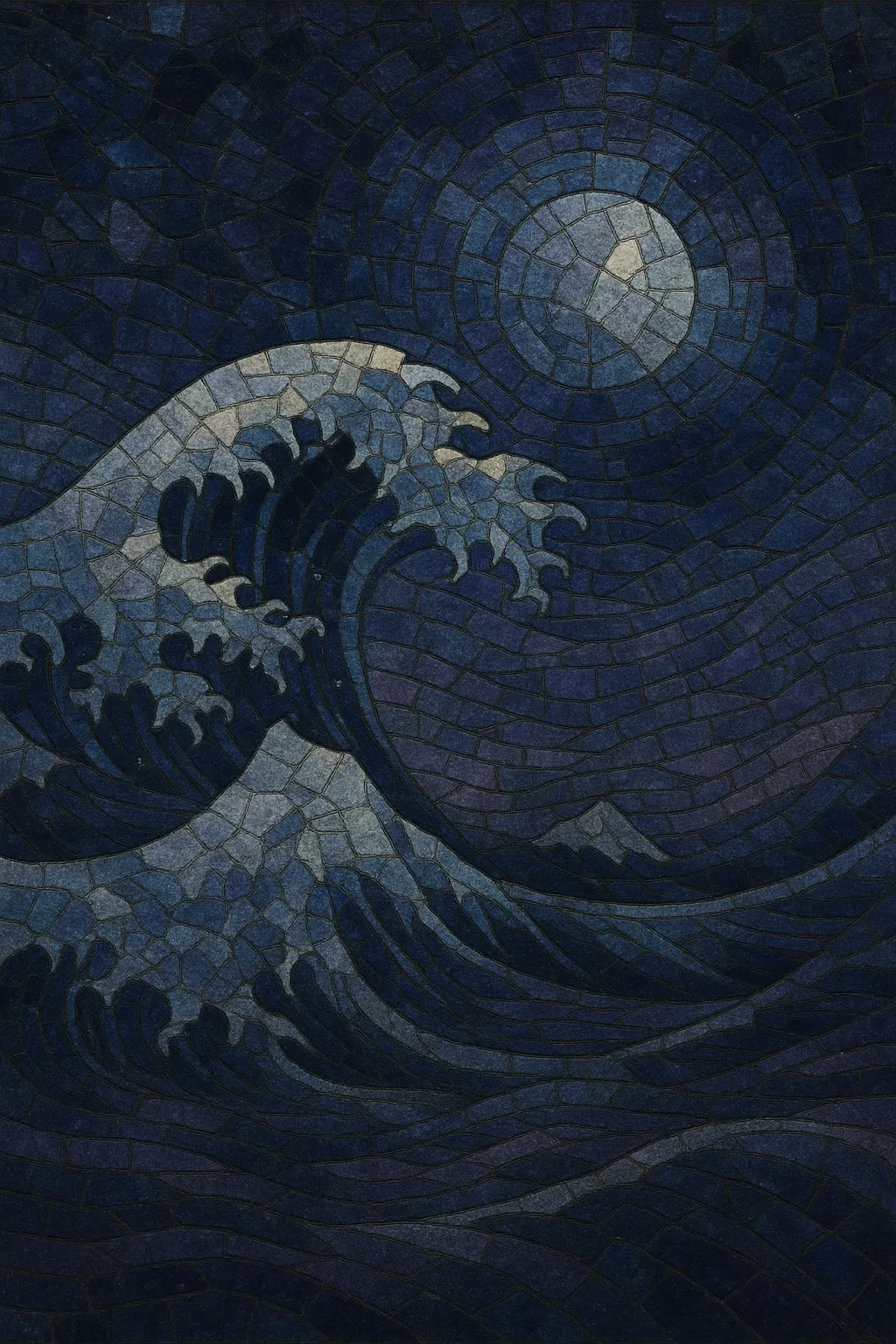Wave is an internet-born electronic genre that emerged in the mid‑2010s, blending half‑time trap rhythms with ambient pads, emotive minor‑key harmony, and dubstep-informed sound design. It favors atmosphere and mood over maximal aggression, often pairing wide, reverb‑washed textures with weighty 808 subs and sparse melodic leads.
Tracks typically sit around 120–140 BPM with a half‑time feel (60–70 BPM perceived), featuring crisp hi‑hat flicks, roomy snares on beat three, and long, cinematic builds and breakdowns. Vocals, when present, tend to be ethereal phrases or chopped one‑shots used as textures rather than full verses.
While rooted in online communities and labels/collectives, Wave gradually crossed over to physical club spaces, maintaining a balance between headphone introspection and dancefloor momentum.
Wave took shape on SoundCloud and in online producer communities, primarily centered around the UK but quickly global in participation. Producers began combining trap’s half‑time drum language (808 subs, snare on 3, rapid hat rolls) with the space and emotive harmony of ambient and post‑dubstep, plus shadowy aesthetics reminiscent of witch house. Early collectives and labels, most notably Wavemob (helmed by Klimeks), releases via Terrorhythm, and later Liquid Ritual, helped crystallize a shared sound and visual identity.
Curators and DJs like Plastician championed the sound on radio and in mixes, while artists such as Kareful, Øfdream, Sorsari, Deadcrow, Vacant, Noah B, and Brothel defined its core palette: wide pads, gliding subs, glassy leads, and moody harmonies. Online compilations and Discord communities created a common hub for A&R, artwork, and release cycles, giving Wave a recognizable aesthetic across music, visuals, and event branding.
Wave matured into a full ecosystem with dedicated labels, club nights, and festival slots. Its DNA began informing adjacent bass styles and EDM‑leaning derivatives (often called “hardwave” in the broader scene), while producers pushed both the cinematic, atmospheric edge and the dancefloor‑functional edge. Despite its internet origins, Wave proved resilient in physical venues due to its heavy low end, clear rhythmic signatures, and emotionally direct soundscapes.
Wave’s legacy lies in how it fused ambient sensibilities with trap rhythm and dubstep sound design—prioritizing mood without abandoning kinetic energy. Its emphasis on texture, space, and restrained melody continues to influence new bass hybrids and the broader melodic/cinematic wing of contemporary electronic music.


